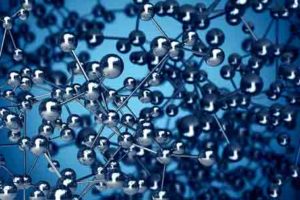microscope
DNA puts Stanford chemists on scent of better artificial nose
A new approach to building an “artificial nose” — using fluorescent compounds and DNA — could accelerate the use of sniffing sensors into the realm of mass production and widespread use, say Stanford chemists. If their method lives up to its p…
Australian overturns 15 years of nano-science doctrine
An Australian mathematician has thrown 15 years of accepted scientific practice out the window by discovering a design flaw in a key component of the Atomic Force Microscope. His finding will force a rethink into the design and use of an instrument that has become a cornerstone of scientific measurement and analysis. Dr John Sader, at University of Melbourne’s Department of Mathematics and Statistics, and Particulate Fluids Processing Centre, used established mechanical principles to prove that the popular V-shaped cantilever inadvertently degrades the performance of the instrument, and delivers none of its intended benefits.

